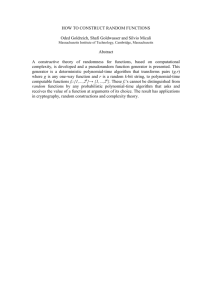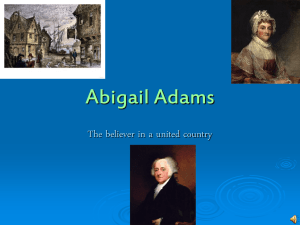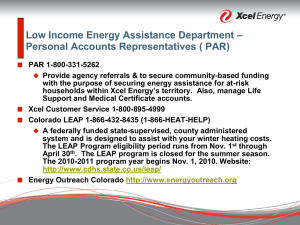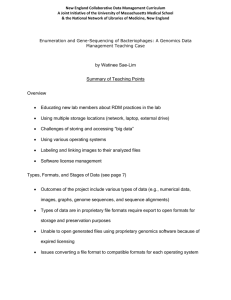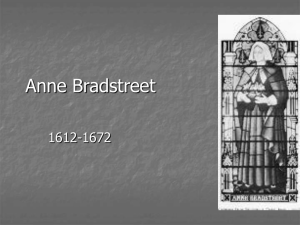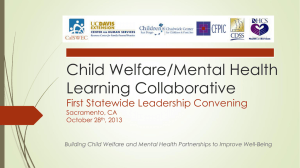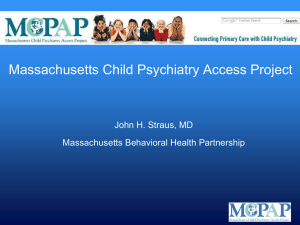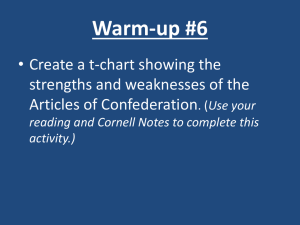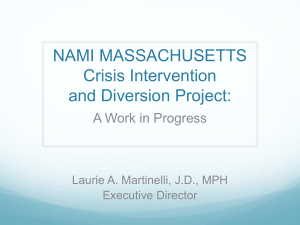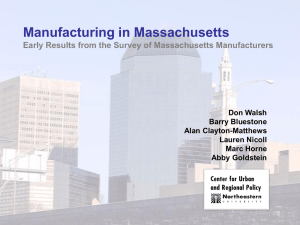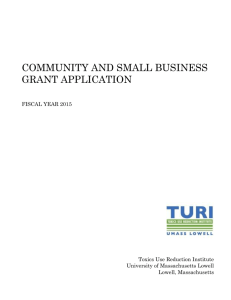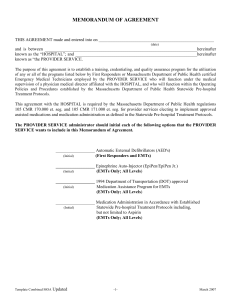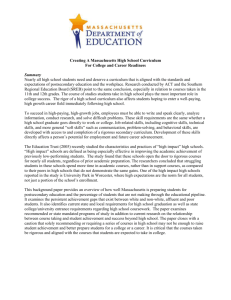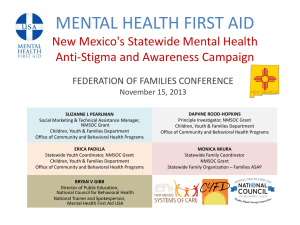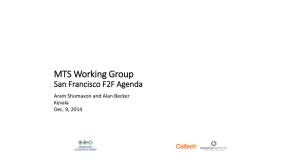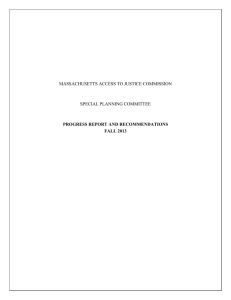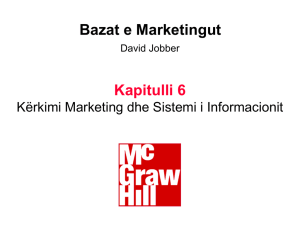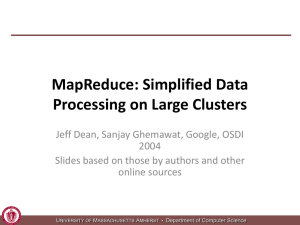Learning_Outcomes_PatCrosson
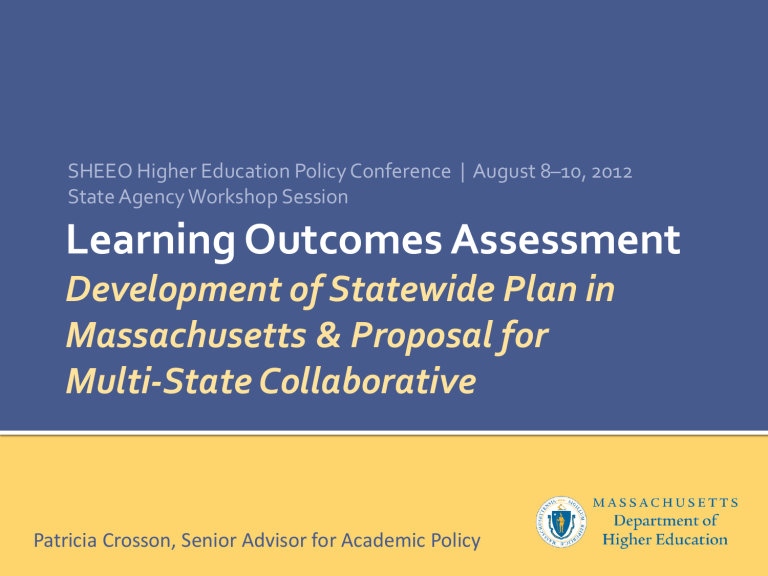
SHEEO Higher Education Policy Conference | August 8–10, 2012
State Agency Workshop Session
Learning Outcomes Assessment
Development of Statewide Plan in
Massachusetts & Proposal for
Multi-State Collaborative
Patricia Crosson, Senior Advisor for Academic Policy
Within Massachusetts
Within Massachusetts
Why a Statewide Plan?
Vision Project commitment to measurable outcomes and public reporting.
Fulfill campus and Department of Higher Education
accountability obligations to current and potential students, taxpayers and other stakeholders.
Want information about quality of student learning as part of DHE oversight responsibility.
Want an alternative to a single standardized test that produces compliance behavior. Want a statewide plan that supports campus formative assessment and statewide accountability.
Within Massachusetts
What Has Been Accomplished So Far?
Three-year effort to develop a collaboration involving 22 campuses and DHE:
▪ Working Group on Student Learning Outcomes and Assessment
▪ AMCOA (Advancing a Massachusetts Culture of Assessment)*
▪ Leap State Status and Massachusetts LEAP State Initiative
Current collaborative structure for refinement and review of models and metrics for statewide plan:
▪ Task Force for Statewide Assessment of Student Learning
▪ Massachusetts Team
▪ State Partner Team
▪ Continuation of AMCOA Project and AMCOA Team*
* AMCOA work supported by two generous grants from the Davis Educational Foundation
Within Massachusetts
How Will It Work?
LEAP Essential Learning Outcomes and VALUE Rubrics
as common framework. Begin with Critical Thinking, Written
Communication and Quantitative Literacy.
Outcomes aligned with curriculum. Outcomes-related assignments embedded in course work. Assignments
(portfolios ?) assessed using VALUE rubrics.
Faculty involved in all curricular and assessment aspects.
Faculty development.
Results for each learning outcome:
Used formatively by campuses.
Also reported to DHE, rolled up by segment (2-year, 4-year institutions), and presented along with other measures in Vision Project Report.
With Other States
With Other States
Why a Multi-State Collaborative?
Conviction that working with other states to develop a different way to do statewide learning outcomes assessment will enable genuine change in higher education.
Vision Project makes commitment to measuring progress toward student learning outcomes in comparison with other states.
Currently, there is no way to make comparisons in absence of standardized test.
With Other States
What Has Been Accomplished So Far?
Commitment of 22 campuses and DHE to work on state partnerships as part of LEAP State Initiative.
May 2012 meeting in Boulder with 15 potential state
partners. Meeting co-sponsored by Massachusetts
Department of Higher Education (through Nellie Mae
Education Foundation grant), SHEEO, and Association of
American Colleges and Universities. Discussed proposal for
Multi-State Collaborative.
Boulder participants exploring Collaborative proposal
within their respective states. Asked to respond by
December 2012.
With Other States
How Will It Work?
Participating states sign compact.
Model will be developed by collaborating states.
Model will be pilot-tested in participating states.


